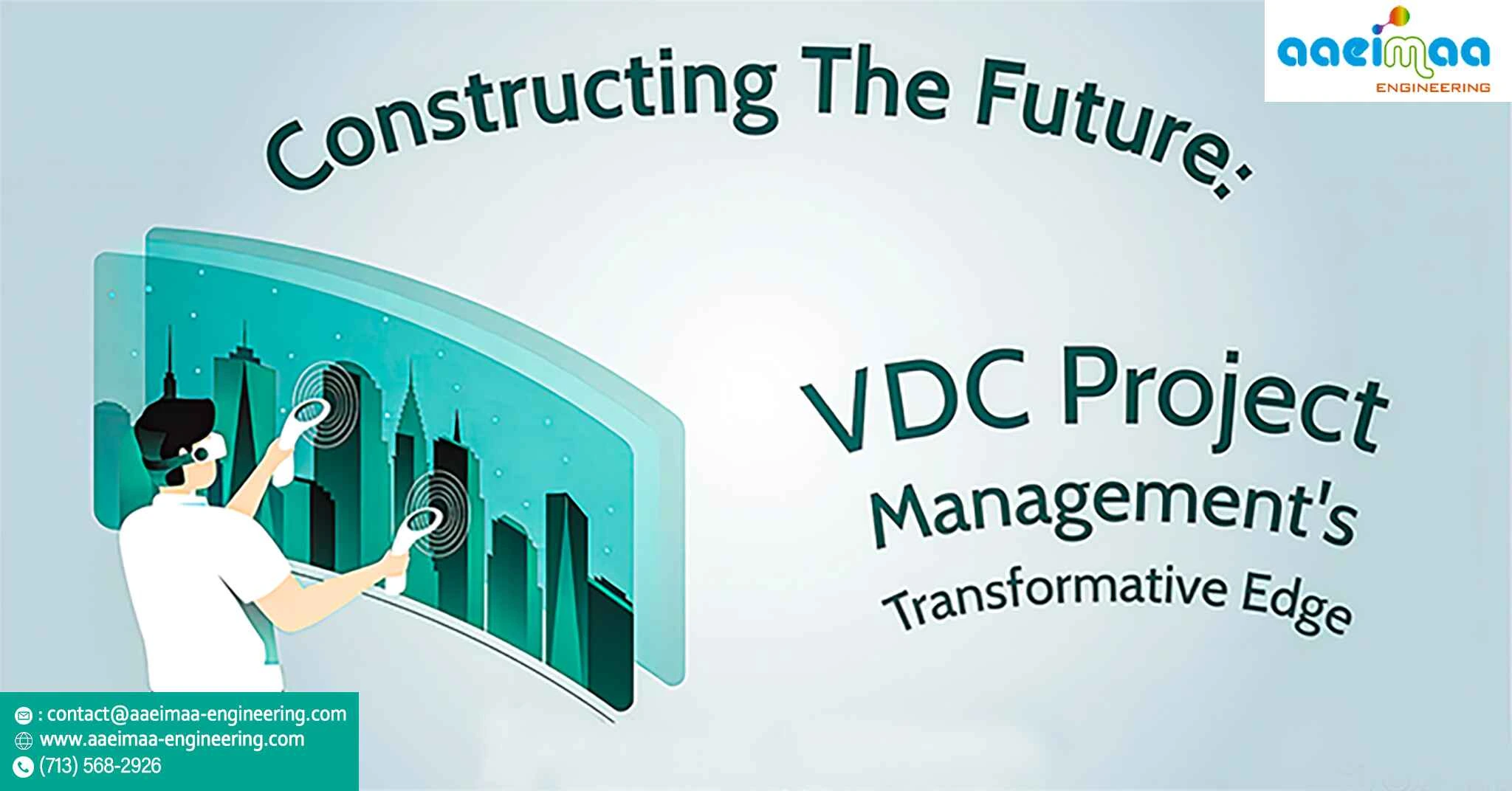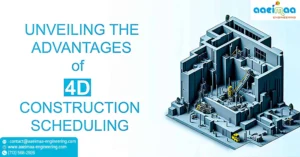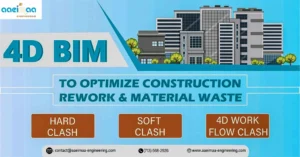Staying ahead of the curve is crucial in today’s quickly changing construction sector. In our more complicated and technologically advanced environment, traditional project management techniques—while tried and true—might not be sufficient anymore. A game-changer in this situation is virtual design and construction (VDC) project management. To simplify and increase efficiency in building projects, VDC integrates technology, collaboration tools, and advanced planning. The idea of VDC project management will be discussed in this blog post, along with its advantages for the building sector.
VDC Project Management: An Overview
Virtual Design and Construction (VDC) is a cutting-edge project management strategy that combines cutting-edge technology with conventional construction methods. The entire construction project, from the initial design to the finished product, must be created as a digital representation. All project stakeholders can communicate and collaborate effectively throughout the project’s lifecycle thanks to this digital paradigm, which acts as a central hub for all project stakeholders.
Key Components of VDC Project Management
1. Building Information Modeling (BIM)
VDC project management is built on BIM. It entails developing a 3D digital model of the structure or infrastructure that has comprehensive data on all project components and aspects. BIM makes it possible to improve visualization, calculate costs accurately, find conflicts, and schedule projects effectively.
2. Collaborative Software
In order to enable real-time communication and data exchange among all project participants, VDC relies on collaborative software platforms. This makes it possible for teams to collaborate easily, whether they are based locally or remotely.
3. Data Analytics
To track project progress, spot possible problems, and make informed decisions, VDC project management uses data analytics. This guarantees that the project remains on schedule and within budget.
Benefits of VDC Project Management
1. Enhanced Collaboration
Collaboration between architects, engineers, contractors, and other stakeholders is promoted via VDC project management. Team members can collaborate better and make fewer mistakes when they have real-time access to the project’s digital model.
2. Cost Savings
VDC assists in avoiding expensive rework and delays by spotting conflicts and problems in the digital model before construction starts. Scheduling and accurate cost estimation are further factors that save costs.
3. Better Quality
VDC makes certain that the finished product complies with design requirements and quality standards. It enables more accurate measurements, better design evaluations, and more accurate construction.
4. Effective Planning
The ability to create thorough project schedules is provided by VDC project management. This guarantees that resources are used efficiently and that the project is completed on schedule.
5. Risk Reduction
VDC helps reduce risks and enhances overall project safety by being able to spot potential problems early in the project.
6. Sustainability
By maximizing the use of materials and lowering waste, VDC can help promote more environmentally friendly construction techniques.
VDC Project Management Challenges
While there are numerous advantages to VDC project management, there are also difficulties. The initial expense of installing VDC tools, the learning curve for project teams, and the requirement for dependable IT infrastructure are a few examples. The benefits of VDC over the long term often outweigh these difficulties.
Conclusion
A revolutionary method of managing construction projects is called virtual design and construction (VDC). Projects are streamlined, productivity is increased, and risks are decreased by VDC through the integration of technology, collaboration, and data analysis. Adopting VDC may be essential for remaining competitive as the construction sector develops, delivering higher-quality projects, and ultimately benefiting from cost savings and enhanced project results.




